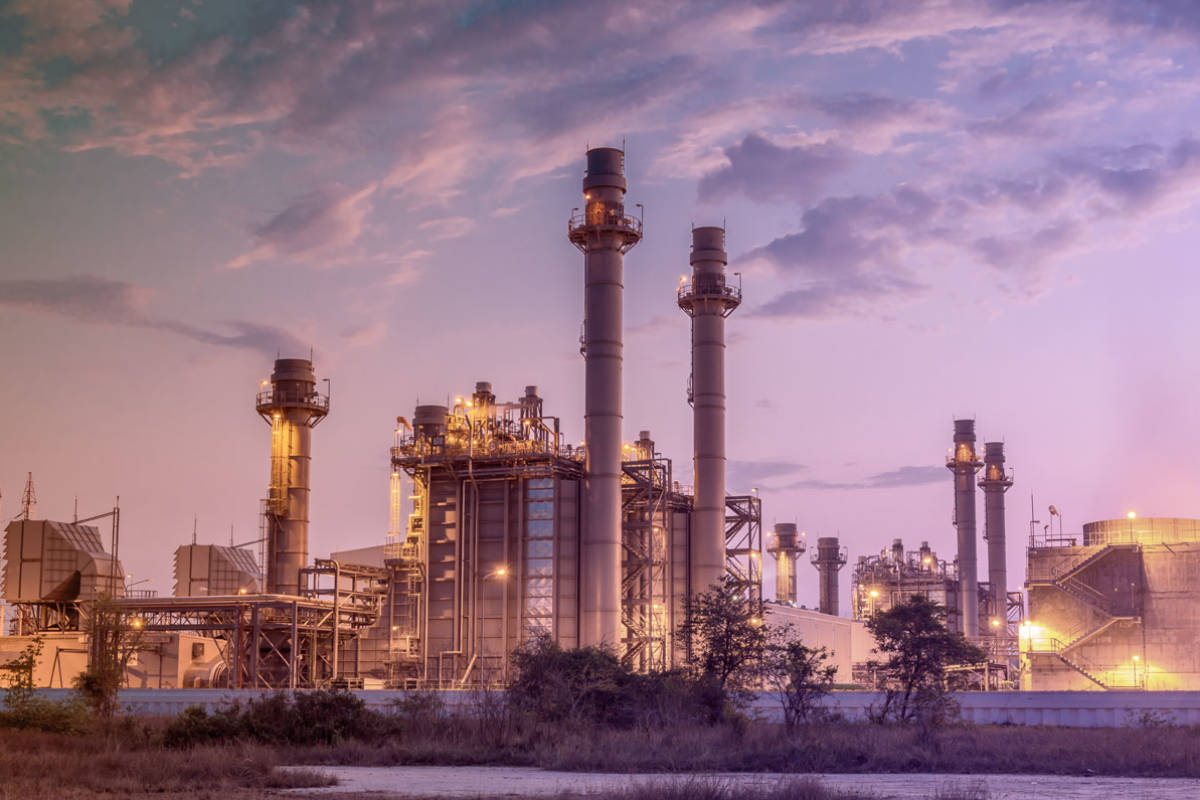Energy Generation - Power Stations

Power stations are industrial facilities for the generation of electricity. Various initial energy sources are used for energy production including oil, gas, nuclear or renewable sources such as wind and water.
80% of the worlds energy is produced via steam turbine plants. These use an energy source to heat a closed circuit of water to create steam. The energy source can vary eg geothermal. nuclear, coal, oil, gas. The steam created by heating the circuit passes into a turbine. The movement of the turbine creates energy which is extracted and converted to electricity in the altenator.
The steam then passes into through a condenser where it returns to a liquid state for the process to start again. A second circuit of water is usually used within the condenser to cool the steam..
The chemical risks in these stations generally occur in the water treatment processes. Water used in the steam circuit will be treated to remove impurities generally via ion exchange systems. The ion exchange column will need to be regenerated - chemicals typically used include hydrochloric acid, sulphuric acid and sodium hydroxide.
Large battery rooms may be present on site to provide emergency supplies in case of a power failure to site. These batteries generally have sulphuric acid as electrolytes.
During maintenance water circuits are flushed to remove chemical impurities and deposits. Chemicals used in the processes include bleach, sulphuric acid, nitric acid, hydrochloric acid and sodium hydroxide.
With other sources of power generation such as wind, water and solar energy the chemical risk are reduced. With these the chemical risks are greater in the manufacture of the photovoltaic cells and the surface treatment of the wind turbine blades.
Chemicals of note in this industry:
Sulphuric Acid, Hydrochloric Acid, Nitric Acid and Sodium Hydroxide.
Other issues arise from flocculants used in the water treatment processes. Flocculants are used for solids removal, sludge softening, water clarification and lime softening. When spilt, flocculants leave extremely slippery surfaces therefore increasing the risks of slips and falls. The spills are notoriously difficult to manage so Polycaptor® is a useful consideration for sites. This absorbent can cost-effectively and efficiently manage a spill of flocculant leaving a slip free surface after use.
Additional Reading:
